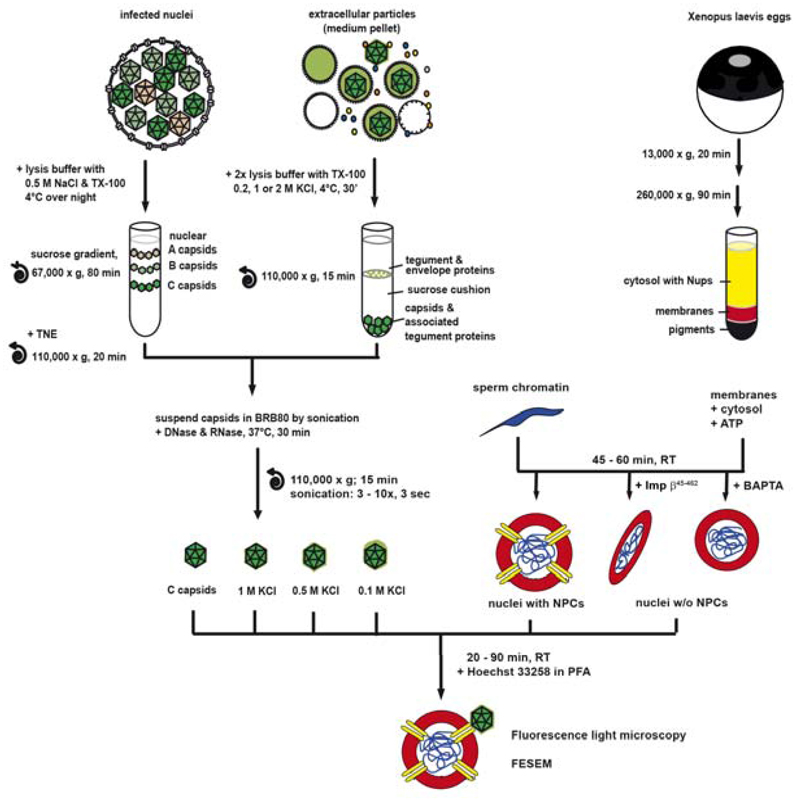Figure 1. An in vitro assay to analyze the binding of viral capsids to NPCs.
Nuclear capsids (dark green) were isolated from the nuclei of HSV1 infected cells by gradient sedimentation (top left). Viral capsids were generated from mature extracellular particles released from HSV1 infected cells by lysis with 1% TX-100 in the presence of 1 M, 0.5 M or 0.1 M KCl (light and dark green), and purified through sucrose cushions (top middle). The four different capsid types were re-suspended in BRB80 buffer before tip sonication and DNase/RNase treatment. Nuclei harboring functional NPCs were generated in vitro from Xenopus egg extracts around a chromatin template. The formation of NPCs was inhibited in some reactions by the addition of Imp β45-462 or BAPTA to the assembly reaction to create nuclei enclosed by continuous membranes lacking functional NPCs (top right). After nuclear assembly and re-sedimentation the nuclear or viral 1 M, 0.5 M or 0.1 M capsids were incubated with different nuclei for 20 to 90 min at room temperature. Nuclear assembly and capsid binding were analyzed by fluorescence light microscopy or field emission scanning electron microscopy (FESEM). Modified from Figure 1 of (19).

